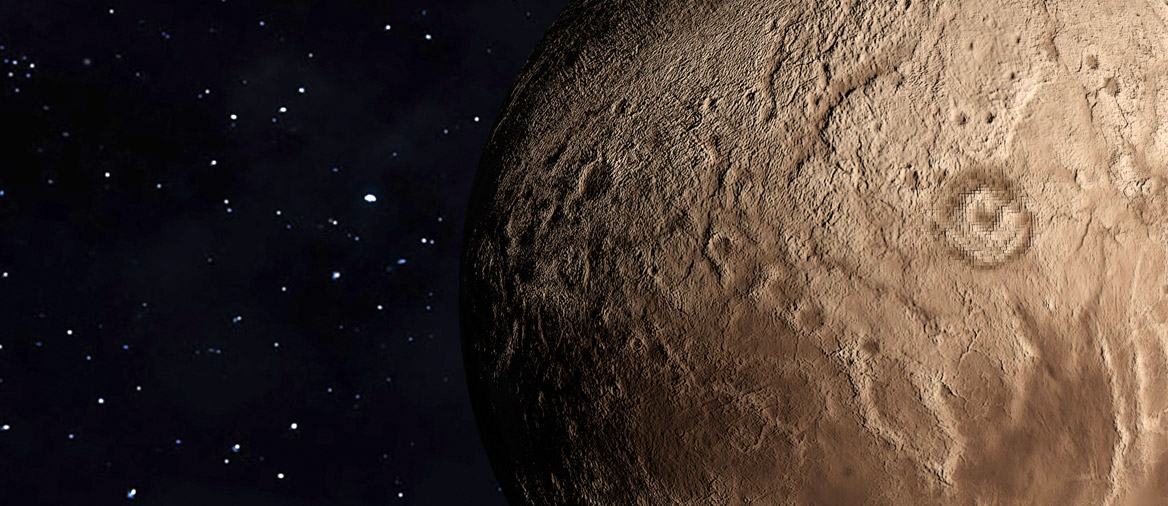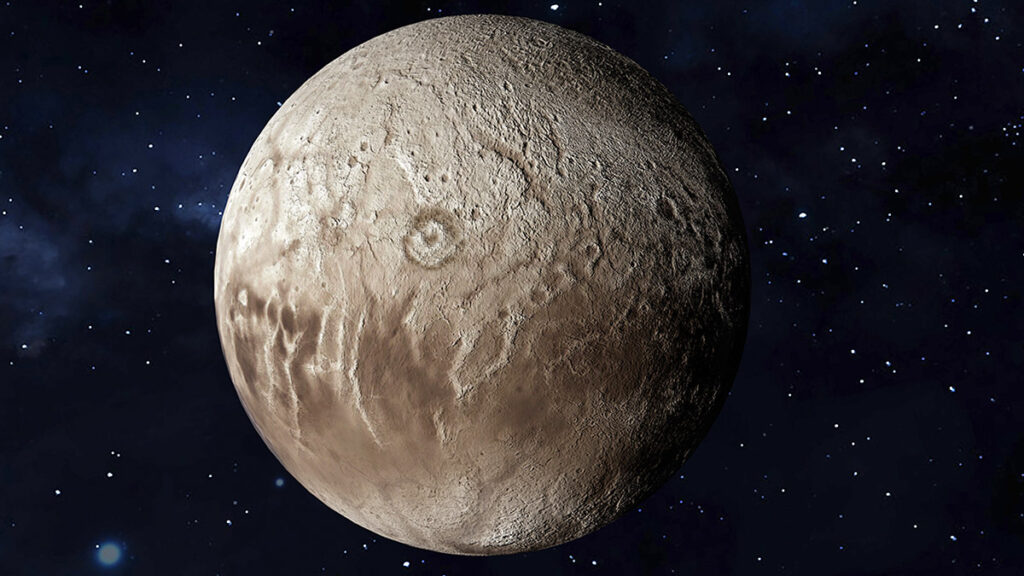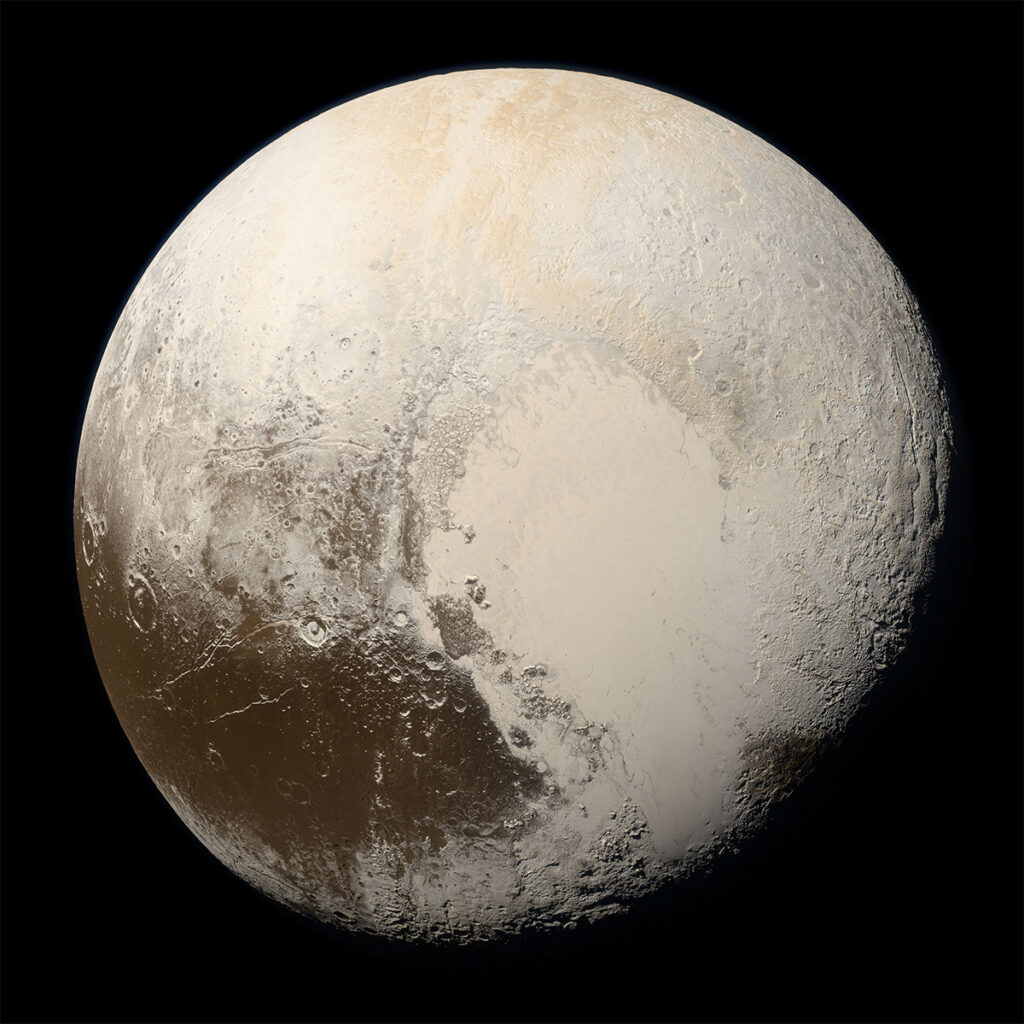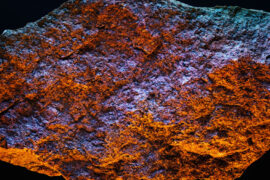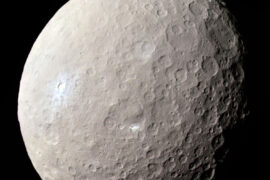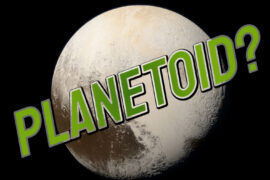Pluto is one of the most controversial objects in the Solar system. It is the only body that has been “demoted” from being a planet which was very confusing to the people that grew up for decades learning that there were nine planets in the Solar System and now had to re-learn that we only have eight.
The orbit of pluto is beyond that of Neptune. This means it is very far away from Earth. making it hard to study. There is still so much to learn about this Dwarf planet, but scientists keep filling in the blanks every day.
In this article, we’ll take a look at some of the most interesting, fun, and mysterious questions and answers about Pluto and we’ll solve them. Learning these will definitely be helpful next time you go to trivia night so keep reading.
Questions and Answers about Pluto
Why is Pluto not a planet?
The reason why Pluto is not a planet is because it does not mean one of the three requirements necessary to be categorized as one. More specifically, Pluto doesn’t have orbital dominance, that is to say, it hasn’t completely cleared its orbit of large objects and other debris. Planets usually do this by capturing or shooting out objects due to their large gravity force.
The other two conditions to be considered a planet are: It must orbit a star, and it must have a (mostly) spherical shape. You can learn more about this in our article about planets vs dwarf planets.
At the moment, Pluto is in the category of dwarf planet along with other four objects and five possible candidates.
How cold is Pluto?
Pluto is extremely cold because it is so far away from the Sun that very little sunlight reaches it.
The temperatures on the Plutonian surface range from -375 to -400 degrees Fahrenheit (-226 to -240 Celsius).
Astronomers believe some of the mountains on Pluto are made of ice and frozen gases. Some theories suggest it might have even had ice volcanoes at some point.
Does Pluto have seasons?
Pluto does have four seasons just like Earth. The reason why most planets and dwarf planets have seasons is because their axes are tilted in relation to the Sun. Some are only slightly tilted like Earth’s at 23°, and some are very titled like Pluto at 119°.
This makes for some very extreme seasons in Pluto. Comparing it to Earth. it would be as if our summers would have daylight until midnight and our winters were almost 24 hours of complete darkness and they would both last almost six months each.
Because the Plutonian year is over 248 Earth years long, this means that Pluto’s summers and winters last more than 100 years.
Does Pluto have Earthquakes?
Pluto does not have earthquakes as far as we know because for that to happen, it would need to have plate tectonics. The only place in the Solar system that we know for a fact that has plate tectonics is Earth.
One of the Mars rovers included a seismometer to try and detect evidence of seismic movement on the red planet and couldn’t find any. This helps reinforce this theory.
Does Pluto have water?
This one is a bit complicated because the best answer we have at the moment is “maybe”.
On its surface, Pluto does have ice made out of water as well as other types of frozen gases but it is too cold for it to be able to support liquid water. It is so cold that this “ice” is basically rocks.
However, scientists believe that the Plutonian sub-surface is warmer and might have pockets where the temperatures could be warm enough to have lakes and maybe even an ocean of liquid water.
Can Pluto support life?
To follow up on the last question, for life to exist as we know it, it requires certain conditions. The most important of these is the existence of liquid water.
Since the Plutonian surface can’t support liquid water, it is very unlikely that it could support life.
If the theoretical pockets of water mentioned in the previous question do exist, there could be a (very) small chance that life could develop at some point. This is the same reason why scientists are interested in studying the other places in the Solar system that have these subsurface oceans like the moons Europa and Enceladus.
Is Pluto smaller than the Moon?
Pluto is smaller than the Moon. It is approximately 2/3 its size with a radius of 1,188 kilometers (738 miles) while the Moon’s is 1,737 kilometers (1,079 miles).
You can find a visual comparison as well as many more interesting facts in this article about Pluto vs the Moon.
How many moon does Pluto have?
Here’s another one that will surprise your parent because they were taught in school that Pluto only had one Moon.
Pluto has 5 moons named Charon, Hydra, Kerberos, Nyx, and Styx. They are all named after creatures and places of the underworld in Greek mythology to go with Pluto’s name (Pluto is the Roman equivalent to the Greek god of the underworld, Hades).
Charon is the largest of the five and was discovered in 1978. It is big enough to be spherical and some people believe that it should also be considered a dwarf planet.
The other four were only recently discovered because they are much smaller and they all have irregular shapes. They were probably asteroids at some point that Pluto captured in its orbit. Hydra and Nyx were discovered in 2005, Kerberos in 2011, and Styx in 2012.
Who discovered Pluto and When?
Pluto was one of the objects in the Solar system that wasn’t known by ancient Greeks. It is too far away to be seen with the naked eye.
Pluto was discovered until February 18, 1930, by the American astronomer Clyde Tombaugh at the Lowell observatory in Arizona. The discovery was made using a relatively small telescope of just 13″ (330m) in diameter. The search was funded by Percival Lowell, a businessman with an interest in astronomy.
Astronomers had theorized the existence of Pluto since 1905 because Neptune’s orbit was a bit out of place and another object would have to affect it gravitationally for it to make sense. Unknowingly, a few other astronomers had previously taken images of Pluto, but never knew exactly what they were looking at so the credit went to Tombaugh and the Lowell observatory.
Who named Pluto?
As their discoverers, the Lowell observatory had the rights to name the new planet (at the time it was considered a planet). The members decided to accept suggestions, make a shortlist and then vote on it.
Names like Zeus, Minerva, and Cronus were suggested. But in the end, the unanimous winner came from a suggestion by an eleven-year-old girl from Oxford, England. Venetia Burney was interested in mythology and suggested the name to her grandfather after hearing about the discovery. Her grandfather passed it along until it reached the ears of a local astronomer who cabled it to his colleagues in the Lowell observatory.
Does Pluto have an atmosphere?
Pluto does have an atmosphere although it is very thin.
The Plutonian atmosphere is mainly made out of molecular hydrogen with some traces of methane and carbon monoxide. Something curious about it is that it expands and becomes denser when Pluto’s orbit takes it closer to the Sun, and it becomes thinner when it is farther away. This is because when it receives more heat from the Sun, parts of the icy surface are turned to gas which then fills the atmosphere. When the planet cools down (even more), the atmosphere freezes and the gas solidifies again and falls to the surface.
Will Pluto collide with Neptune?
The orbits of Pluto and Neptune seem to cross when you look at a diagram. Because of these, the belief exists that given enough time they will eventually crash with each other.
Pluto and Neptune will not collide with each other. This is for two reasons.
First, Neptune’s and Pluto’s orbits are on a very well-established 3:2 pattern. This means that Neptune orbits the Sun 3 times in the same period of time that Pluto does 2 orbits. Thanks to this pattern, the planets are on a gravitational resonance where their gravity force makes them very slightly “adjust” their speeds whenever they get closer to each other.
Second, is that even though the orbits seem to cross when you look at a 2D diagram, if you look at the actual orbits in 3D, they have different inclinations which means that they don’t intersect with each other.

